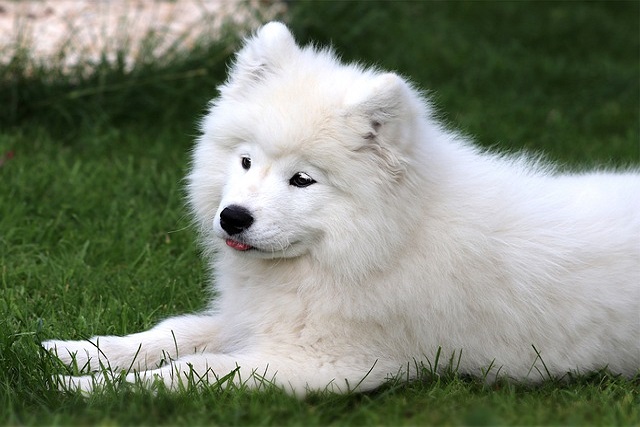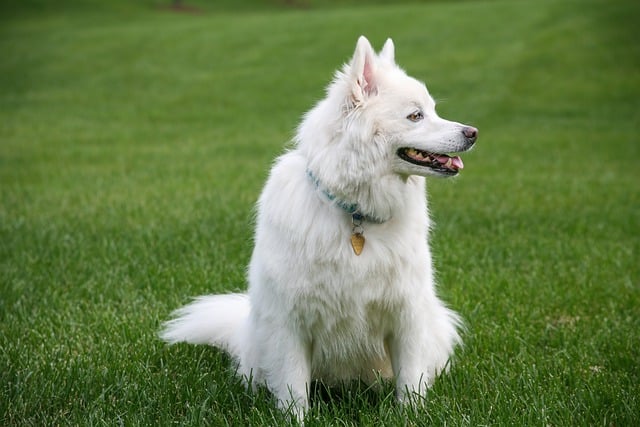Seeing your dog constantly scratching and losing hair can be frustrating, especially when you've tried everything from switching shampoos to applying topical treatments. The truth is, itching and hair loss in dogs can stem from a variety of causes—some obvious, others surprisingly subtle. Allergies, parasites like fleas or mites, and skin infections are common culprits, but have you considered that your household cleaner or even the air quality in your home could be triggering these symptoms? Identifying the root cause is crucial because treating the symptoms alone won’t solve the problem long-term.
Environmental factors often fly under the radar when diagnosing dog itching and hair loss. Many pet owners don’t realize that everyday products—floor cleaners, laundry detergents, or even scented candles—can irritate a dog’s sensitive skin. Pollen from your backyard or mold hiding in damp corners can also trigger allergic reactions. If your dog starts scratching more after you’ve deep-cleaned the house or during high-pollen seasons, it’s worth investigating these triggers. Indoor air quality matters too; dust mites and poor ventilation can exacerbate skin issues, especially for breeds prone to allergies like Bulldogs or Retrievers.
Diet plays a bigger role in your dog’s skin health than you might think. Low-quality kibble filled with fillers like corn or soy can lead to nutritional deficiencies, while common proteins like chicken or beef might trigger food sensitivities. Omega-3 fatty acids, found in fish oil or flaxseed, are essential for maintaining healthy skin and reducing inflammation. If your dog’s coat looks dull or they’re losing hair in patches, their diet could be the culprit. Gradually switching to a high-quality, limited-ingredient food or introducing supplements like probiotics might make a noticeable difference—just be sure to consult your vet before making drastic changes.
Small adjustments at home can go a long way in easing your dog’s discomfort. Swap harsh chemical cleaners for pet-safe, hypoallergenic alternatives, and consider using an air purifier to reduce airborne irritants. Regular grooming with a gentle, oatmeal-based shampoo can soothe irritated skin, but avoid over-bathing, as it can strip natural oils. For dietary fixes, try adding a spoonful of coconut oil to meals for its anti-inflammatory benefits, or opt for treats with omega-rich ingredients like salmon. Keep a symptom diary to track flare-ups—this can help pinpoint whether the cause is environmental, dietary, or something else entirely.
While home remedies can help, some signs shouldn’t be ignored. If your dog’s itching leads to open sores, excessive hair loss, or behavioral changes like lethargy, it’s time to see the vet. Persistent symptoms could indicate underlying conditions like hormonal imbalances, autoimmune diseases, or severe allergies requiring prescription treatment. A professional can run tests—skin scrapings, blood work, or elimination diets—to diagnose the issue accurately. Remember, early intervention can prevent minor irritations from turning into chronic problems, saving your dog (and your wallet) from unnecessary stress.





